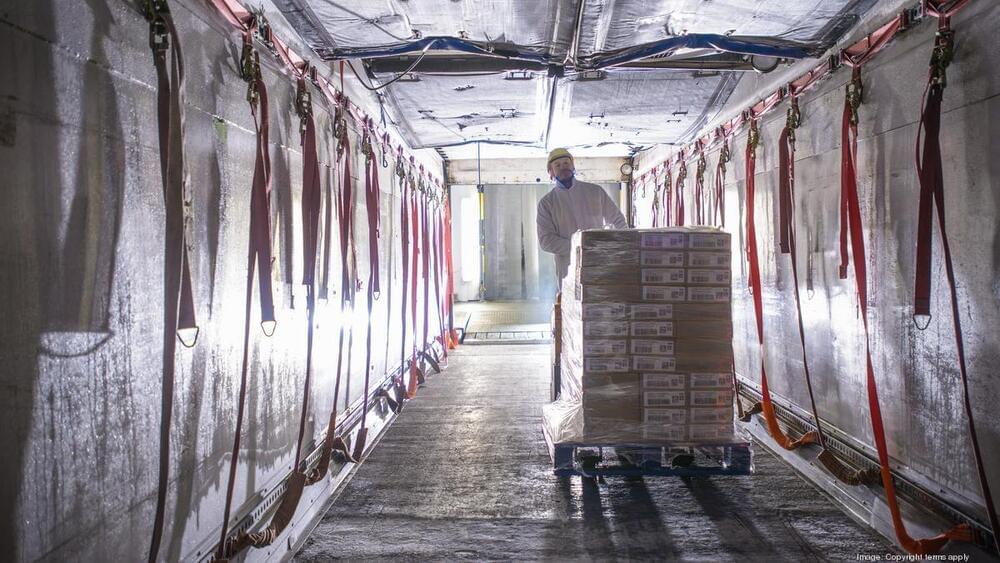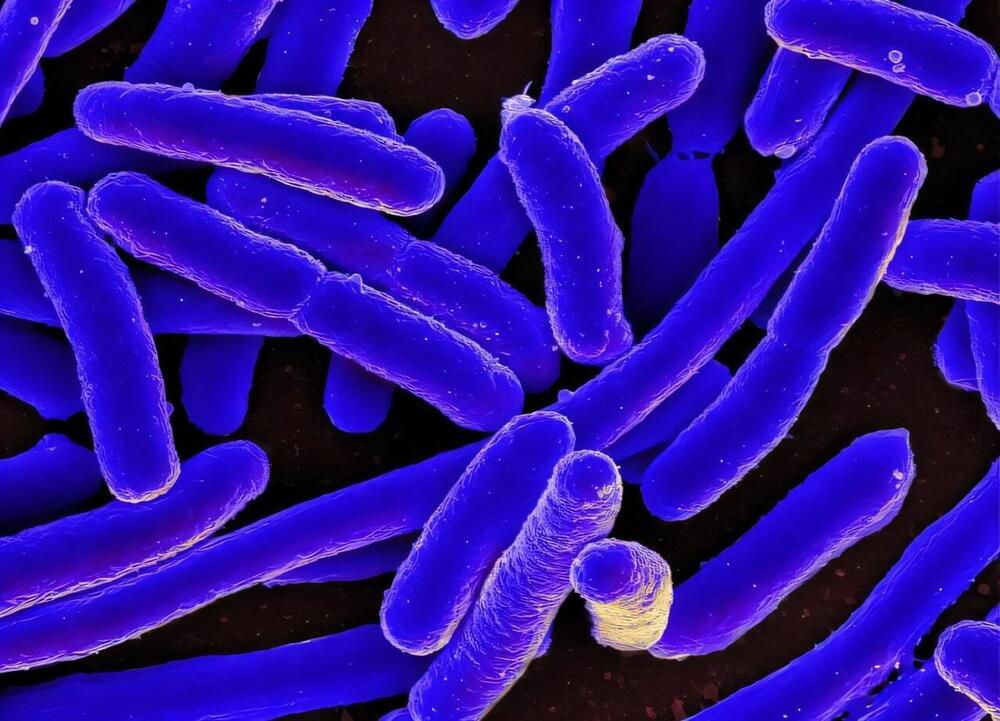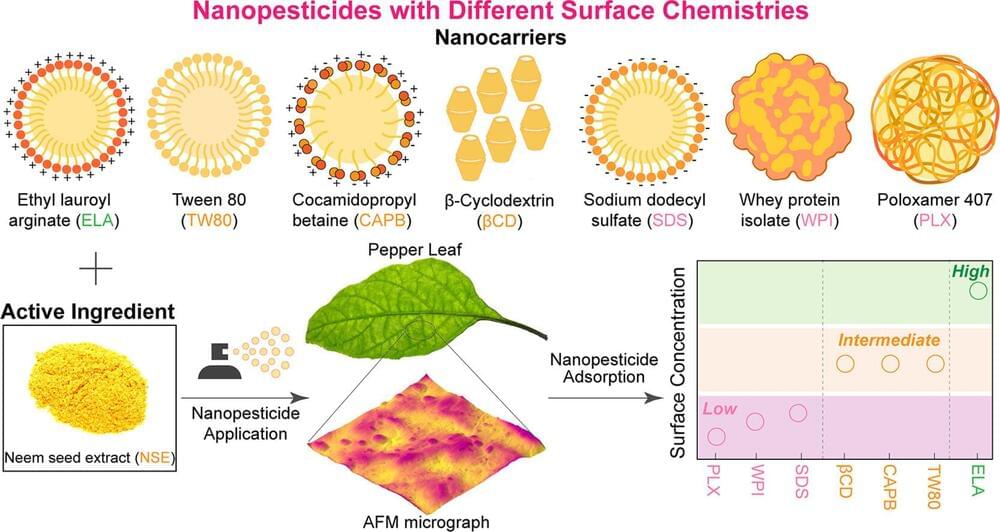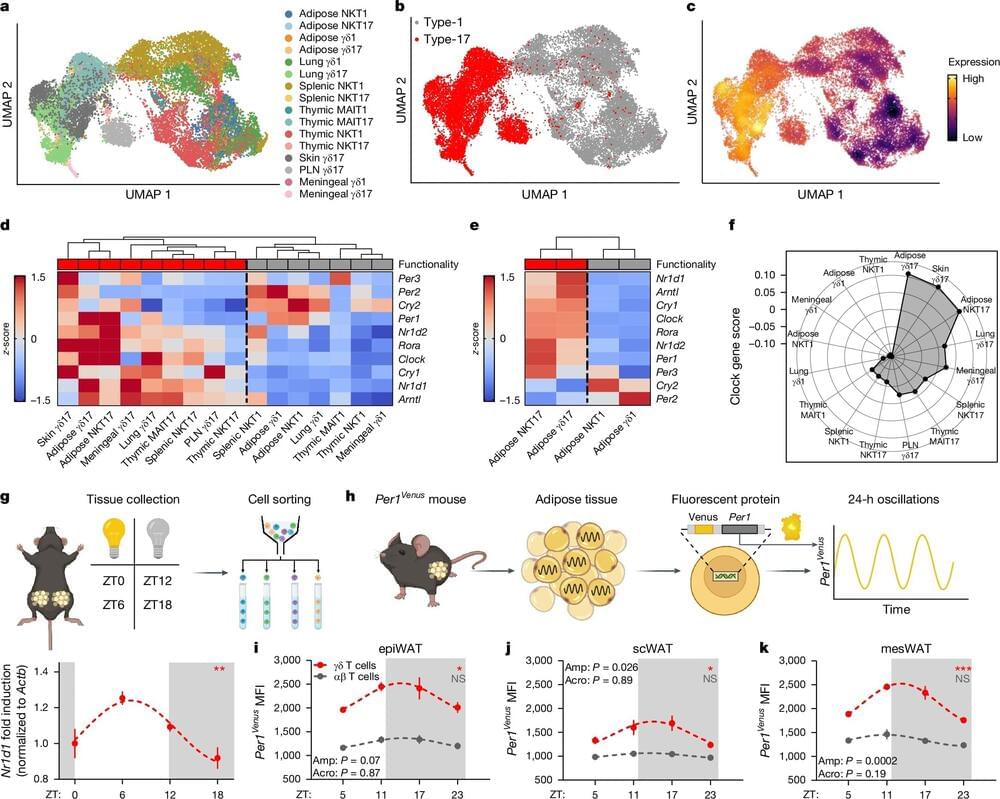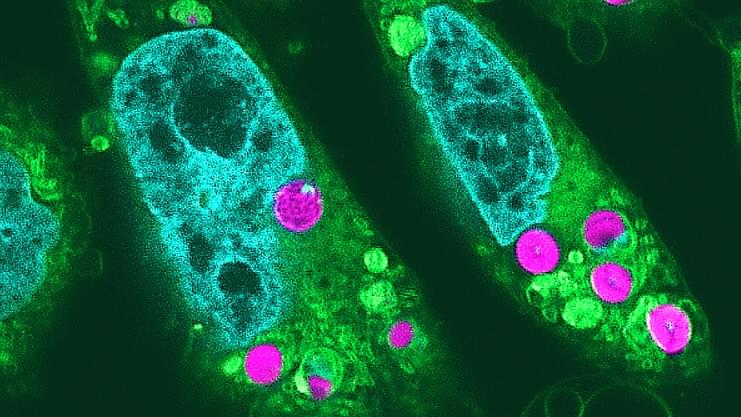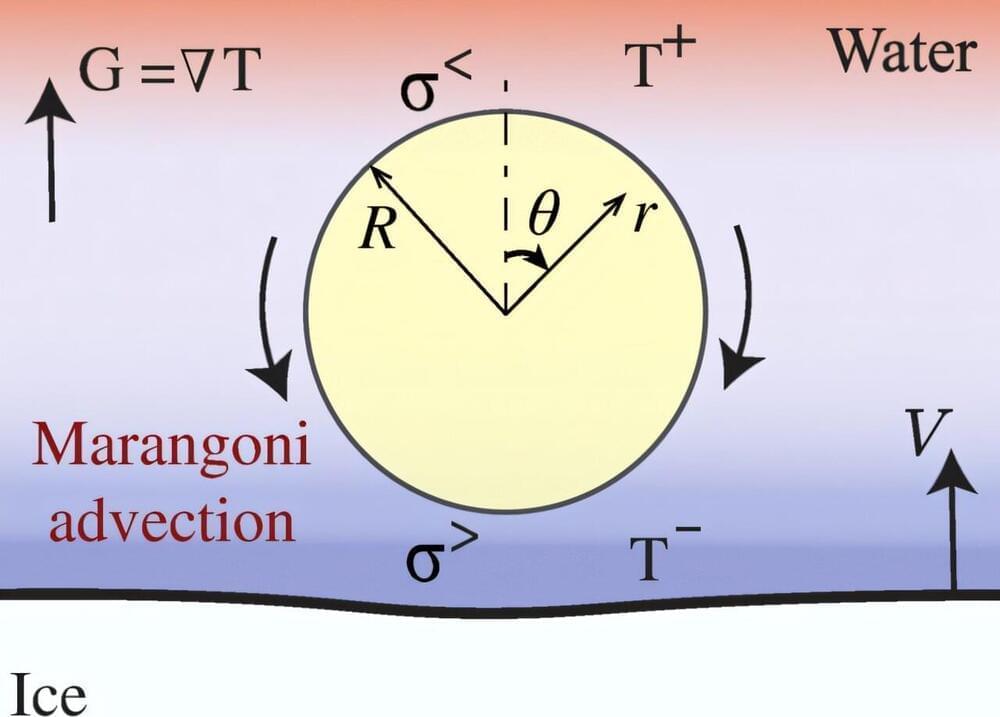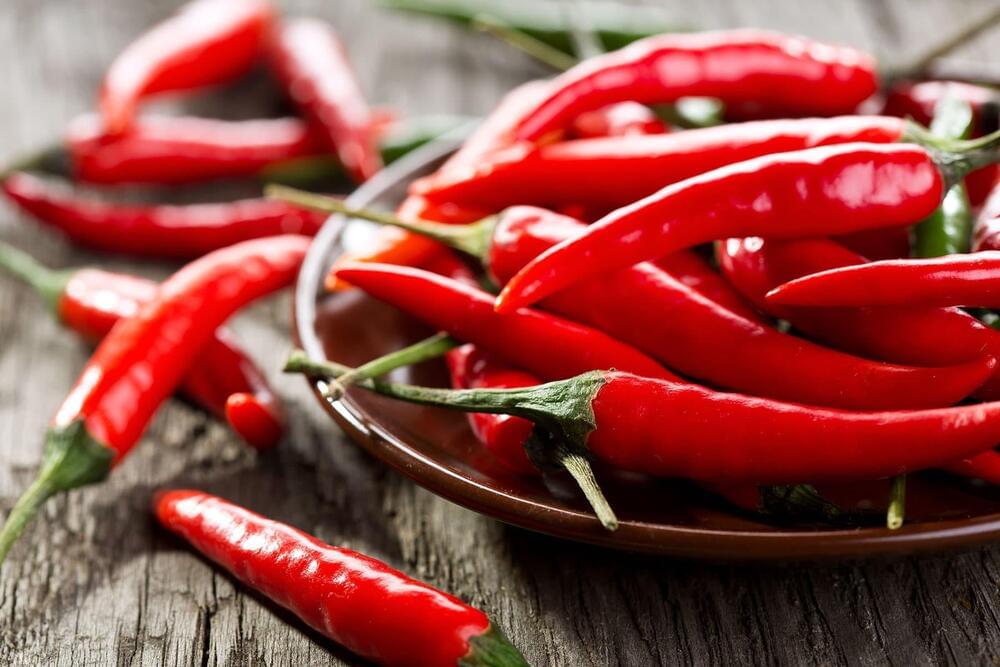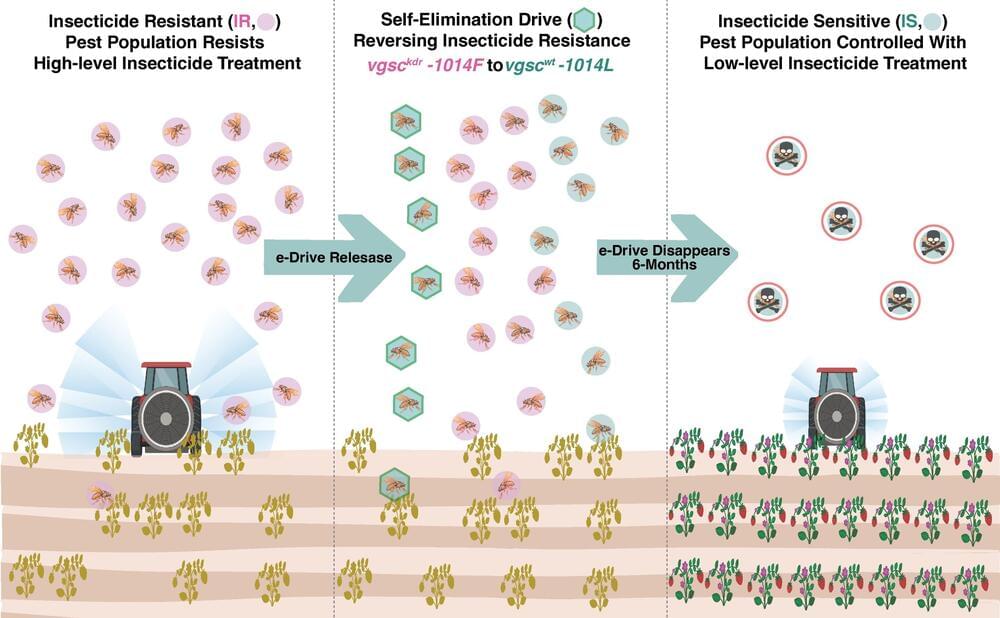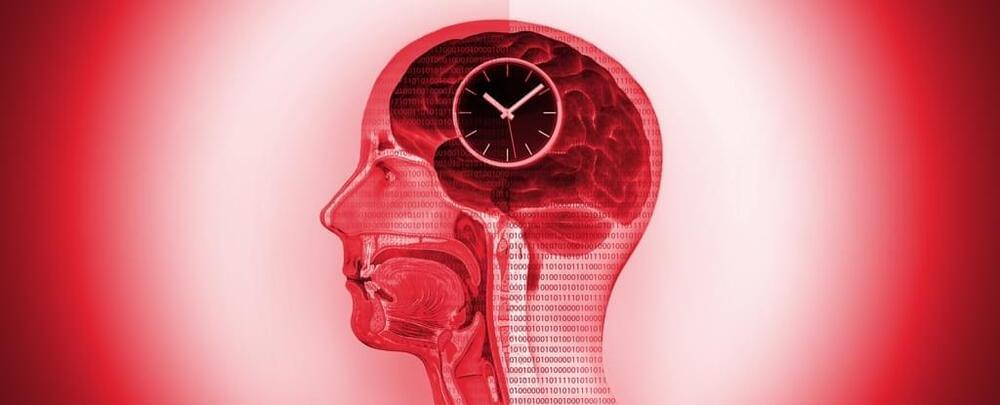Nov 30, 2024
How Journey Foods is leveraging AI to streamline the CPG industry
Posted by Shubham Ghosh Roy in categories: business, food, internet, robotics/AI, sustainability
As a simple illustration, let’s say someone wanted to create a tomato sauce recipe, optimizing vitamin C and using sustainable tomatoes within a certain cost range. Journey Foods then taps into its database to generate an optimal recipe, and will continually push recommendations of top suppliers.
“Essentially, when people go to ChatGPT or something, and they’re asking them, ‘write this paper for me, or give me a social media post, speak to this audience,’ or whatever, right? It’s the same thing with our generative recipe recommendations,” Lynn said.
Except Lynn doesn’t use ChatGPT. Systems such as ChaptGPT gather data from the open internet, but Journey Foods gets its data from research institutions, academic journals, suppliers and manufacturers. Lynn said her business uses a lot of private, hard data that’s unstructured, with her company then giving it structure and doing so globally.
